Estimated reading time 3 minutes, 47 seconds.
In mid-December, the Ontario government announced it is investing “historic amounts” to replace Ornge Air Ambulance’s entire fixed-wing aircraft fleet with eight brand-new planes. The Toronto-based medical transport provider currently operates a fleet of 20 aircraft, comprised of 12 Leonardo AW139 helicopters and eight Pilatus PC-12 NG planes, as well as more than a dozen land ambulances.
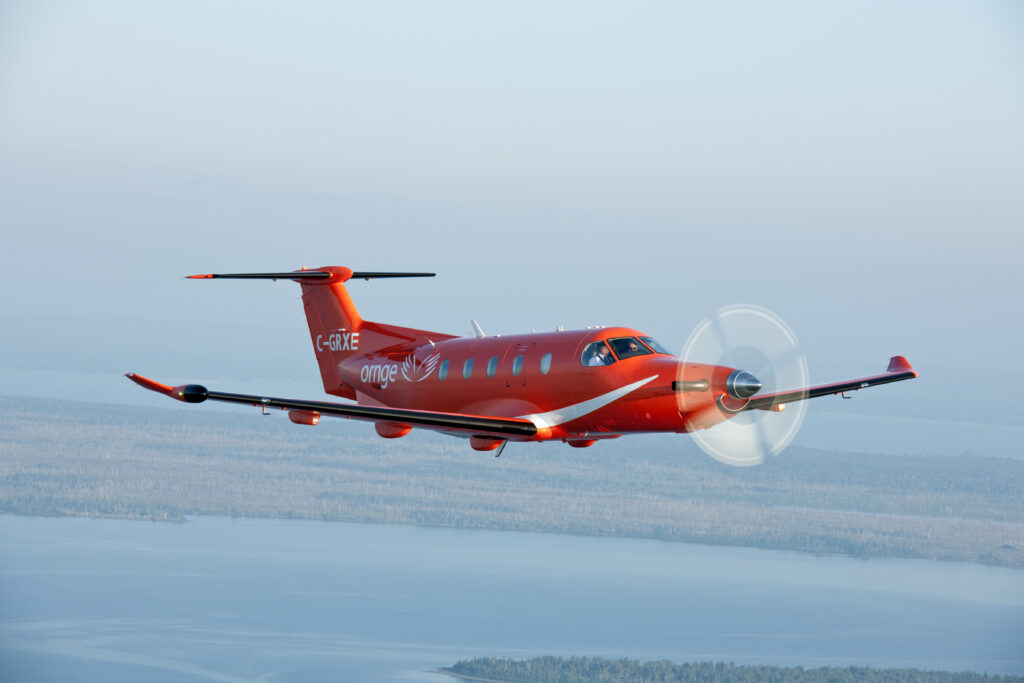
Acquired between 2009 and 2010, Ornge’s PC-12 NGs are now over a decade old. According to Deputy Premier and Minister of Health, Sylvia Jones, “Investing in a new Ornge fleet will ensure Ontarians continue to have the best care, no matter where they live in the province.”
Ornge’s CEO, Dr. Homer Tien, added that it is “a welcome investment in ensuring . . . access to emergency health care.”
The Ontario government says the new aircraft are to be acquired by Ornge “through an open, fair, and transparent competitive procurement process,” with entry into service expected by 2026.
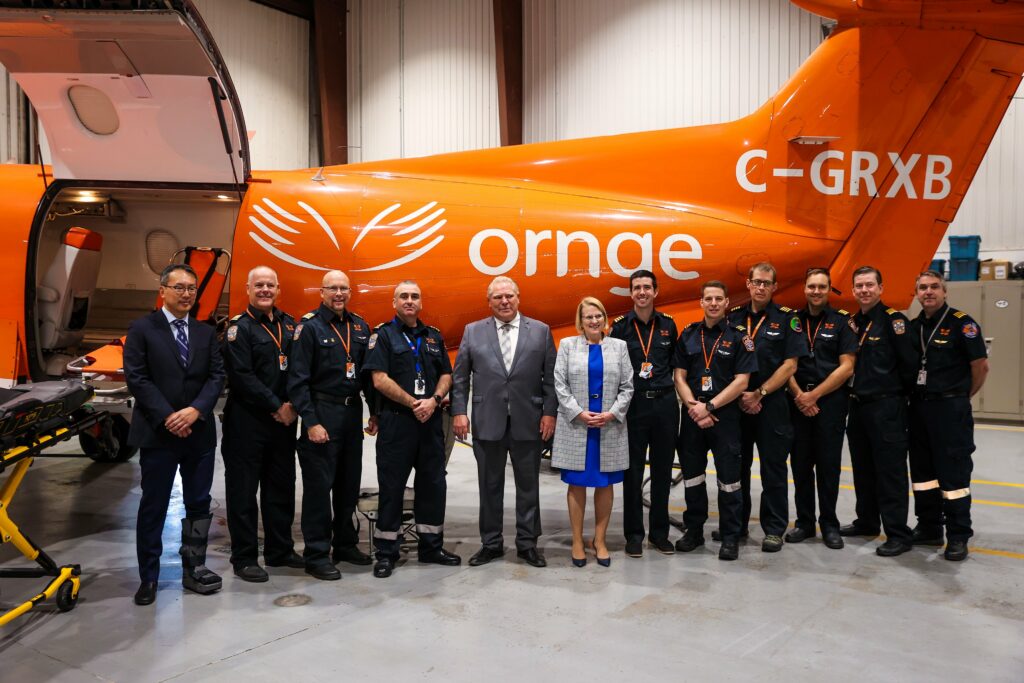
In addition to replacing Ornge’s eight PC-12s, the provincial government shared that — although Ornge already has the largest air ambulance fleet in Canada — it is considering expanding the air ambulance provider’s fleet beyond 20 aircraft in the future. The expanded fleet would include “larger and faster aircraft,” ensuring Ornge can continue to offer rapid and safe air ambulance services “for years to come.”
Ornge performs roughly 21,000 patient-related transports each year — 15 percent of which involve the fixed-wing fleet — covering a land area of over one million square kilometers. The service is especially vital for those living in northern and remote areas, as well as Indigenous communities.
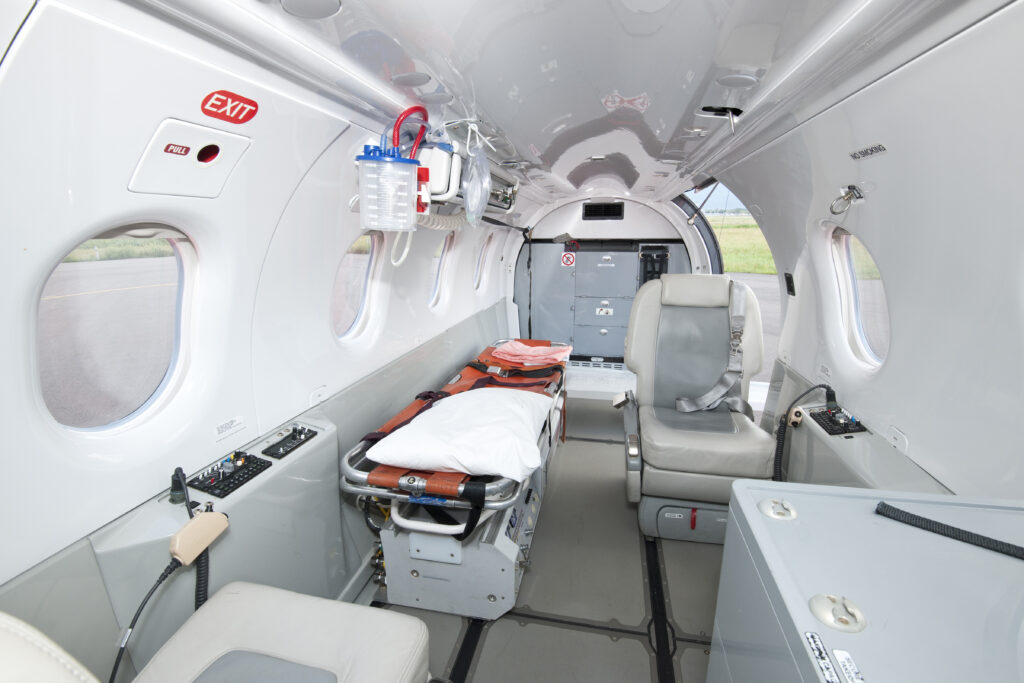
While the air ambulance provider operates from nine bases across Ontario, the fixed-wing bases are located in Thunder Bay, Timmins, and Sioux Lookout. The fixed-wing fleet is utilized for long-distance transports, while the helicopters are ideal for shorter distances and emergency on-scene response.
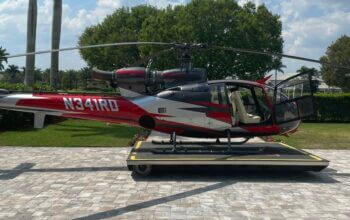
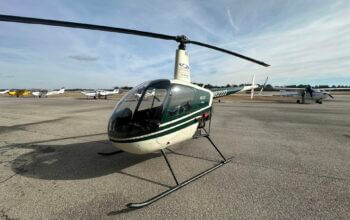
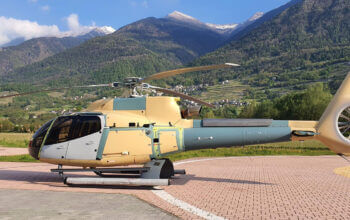
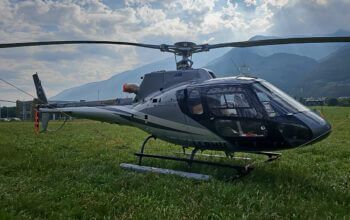
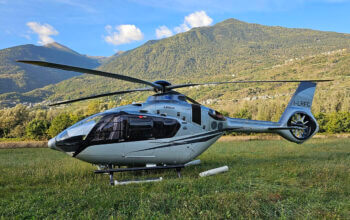
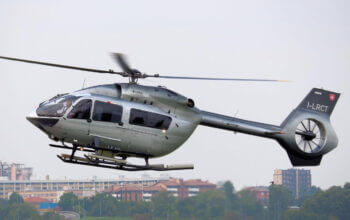
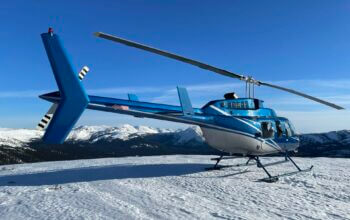
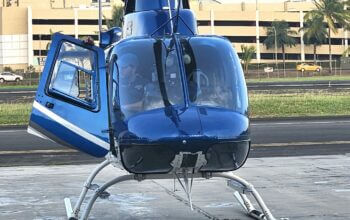
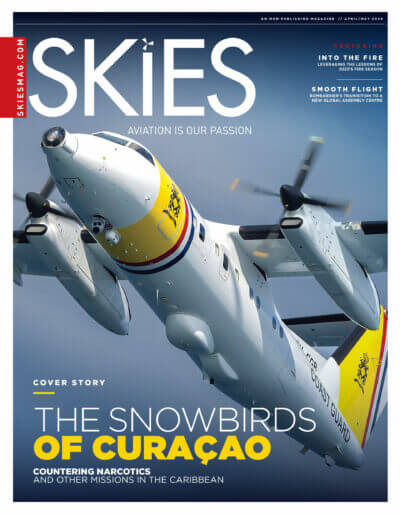
I’m curious why aircraft that are relatively young (only 12-13 years old), low cycle (based on the numbers in this article I estimate ~6,000 total FC/aircraft), and have presumably been performing adequately require replacing at a “historic amount” at this time. Can anyone provide some insight?